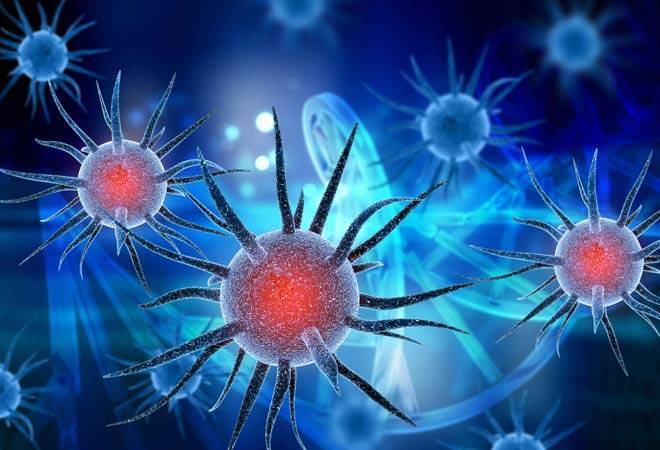At what temperature does coronavirus survive on a surface and for how long? What if there is a shipment coming in and people receiving it need to be assured that the time lapse is adequate not to cause any concern? Questions such as these are increasingly being raised with no easy answers. According to doctors, the virus could most certainly survive on a surface for a few hours if not longer.
The World Health Organisation says: “It is still not known how long the 2019-nCoV virus survives on surfaces, although preliminary information suggests the virus may survive a few hours or more. Simple disinfectants can kill the virus making it no longer possible to infect people.”
Now, a news report in ScienceAlert quotes a new study suggesting that the new coronavirus could survive on inanimate objects for well over a week and up to nine days at room temperature. Business Today spoke to specialists in this area. Dr V Ramasubramanian, senior consultant, infectious diseases at Apollo Hospitals in Chennai, told Business Today: “While different studies on how long the coronavirus can survive on a surface have given varying estimates going up to nine days, the virus has to be seen from what is theoretically correct and what is practically possible. What does, however, seem very likely is that it could survive on a surface for a few hours if not for a day and therefore, there is a high risk of contracting the virus if exposed to such contaminated surfaces.” According to him, if coronavirus is transferred onto an inanimate object and is touched by a person later, it can then contaminate them, even if the contact occurs a day after the initial exposure. However, the extent to which it would be effective to cause the infection is yet unknown.
Having looked at the studies that examine the conditions conducive for the survival of coronavirus on a surface, Dr Satayanarayana Mysore, Head of the Department, Interventional Pulmonology and Sleep Medicine at the Manipal Hospitals, Bangalore, says based on what is available, “at 20 degree celsius, aerosolised Coronavirus (virus in the air as droplets released by the sneeze of an infected person) was found to better survive at 50 per cent relative humidity. Nearly 20 per cent of the original infectious virus was still detectable after six days. High relative humidity seemed less favourable to the virus unless the temperature came down to 6 degree celsius. At this temperature, the survival of the virus was significantly enhanced whatever the rate of relative humidity.” He says, “this enhanced survival rate at high relative humidity and low temperature may explain the winter propagation of Coronaviruses.”
He also points out that “coronavirus can survive at least two weeks after drying at temperature and humidity conditions found in an air-conditioned environment.” Also, “contaminated surfaces may play a major role in the transmission of infection in the hospital and the community.” He says, “coronavirus can retain its infectivity up to 2 weeks at low temperature and low humidity, which might facilitate the virus transmission in the community.”
Dr V Ramasubramanian of Apollo says, ideally, Indian summer and rising temperatures may not be conducive for the virus to spread but then adds an element of caution. “Going by the previous history with H1N1, which was also not expected to cause much damage in summer, regions in India have had to cope with its occurrences at regular intervals over the past few years even during peak summer months.”




























